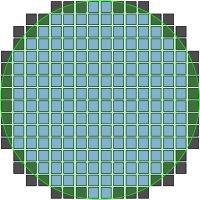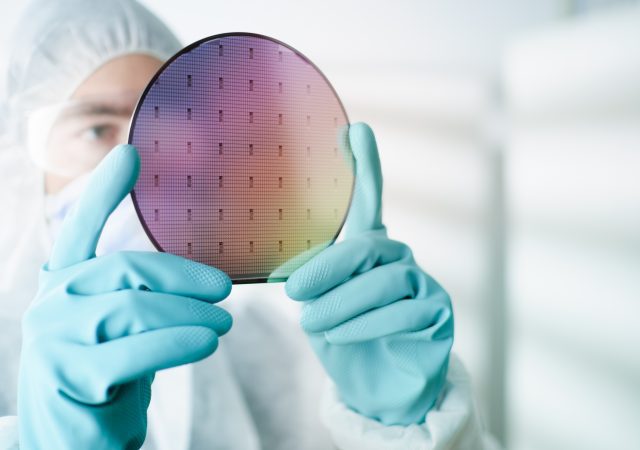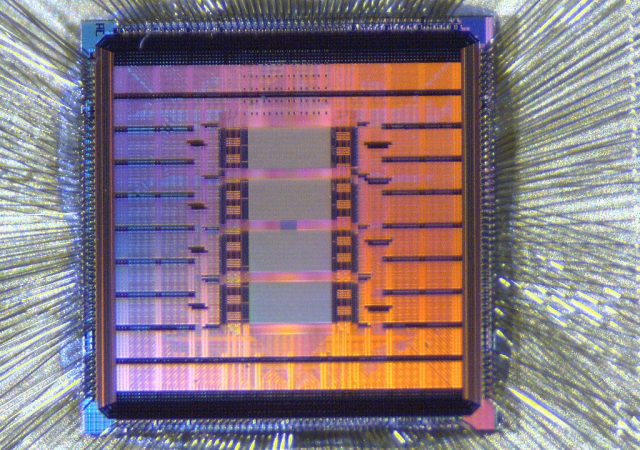Leveraging refractometers for in-line liquid concentration measurements enables advanced and accurate process control supporting industrial automation.
Bad Math: It’s Time to Rethink Economics in a Post Moore’s Law Era
For industries such as automotive, mobile and industrial equipment that use older, or “mature” product nodes where building a new fab is often unfeasible, PPAC improvements must be found elsewhere.
Perspectives on Semiconductor Factories (And Some Simple Truths About Manufacturing)
The simple addition of conveyors to existing OHT systems achieves the shorter cycle times due to tighter coupling of tools.
Powering the Quantum Leap
The role of cryogenic wafer probing in applications such as cryogenic quantum computing and supra-conductive CMOS semiconductors, where temperatures near absolute zero are essential, is discussed.
Intel 4 Process Drops Cobalt Interconnect, Goes with Tried and Tested Copper with Cobalt Liner/Cap
At the VLSI Symposia in June, Intel presented a paper “Intel 4 CMOS Technology Featuring Advanced FinFET Transistors Optimized for High Density and High-Performance Computing.” Blogger Dick James reports on details of the interconnect strategy.
Innovations in Pressure Regulators Support Yield Optimization in Semiconductor Manufacturing
Embracing and integrating new component-level technologies is a way to measurably improve quality, safety and yield.
U.S. Dept. of Commerce Appoints First Members to Industrial Advisory Committee
The U.S. Department of Commerce announced the appointment of 24 members to the Industrial Advisory Committee (IAC).
Reimagining the Future: Why Semiconductor Fabs Need a New Breed of MES Today
How much value could a smooth, coherent flow of data across the fab and wider enterprise give to the business?
NIST and Google to Create New Supply of Chips for Researchers and Tech Startups
The U.S. Department of Commerce’s National Institute of Standards and Technology (NIST) has signed a cooperative research and development agreement with Google to develop and produce chips that researchers can use to develop new nanotechnology and semiconductor devices.
A New Framework: Opportunities of Open Access for Optimizing Yield in Semiconductor Manufacturing
An open, secure monitoring and intelligence transaction platform would empower chip manufacturers to solve their problems and optimize their operations, their way.









